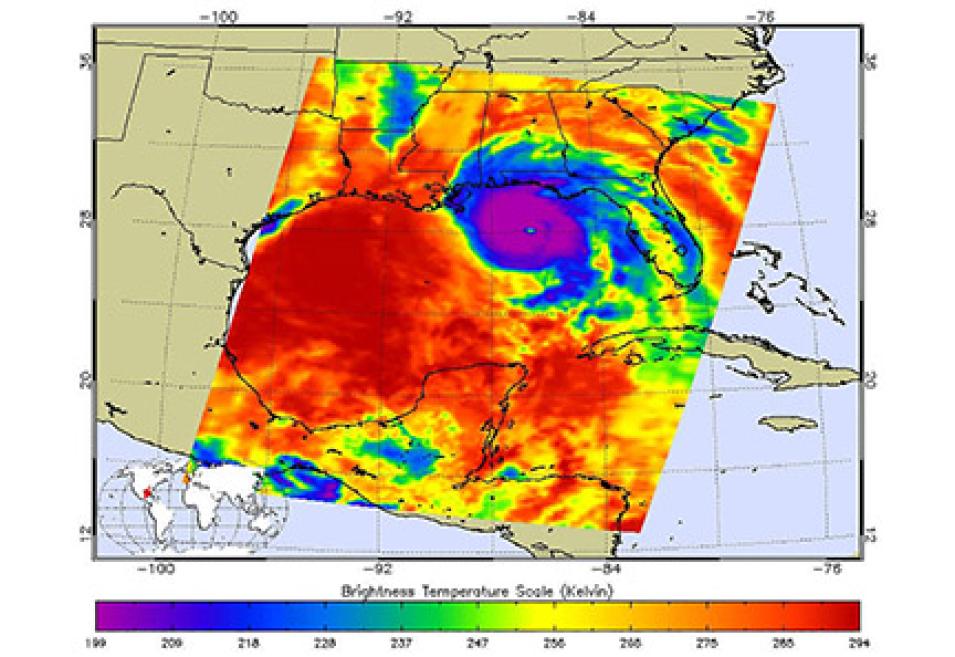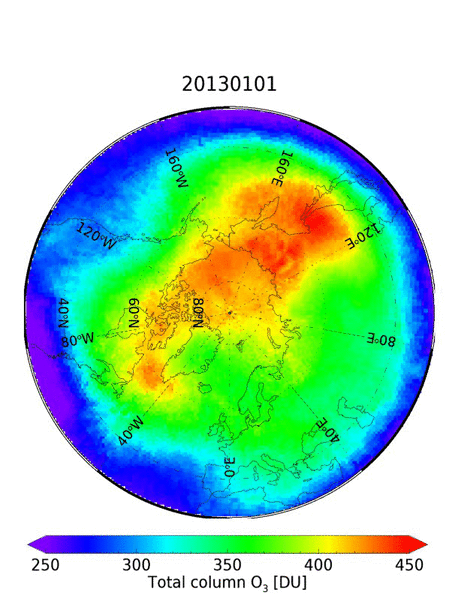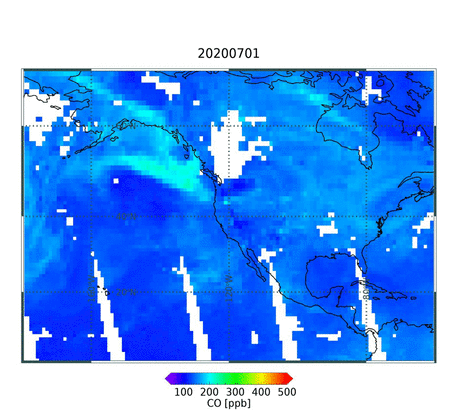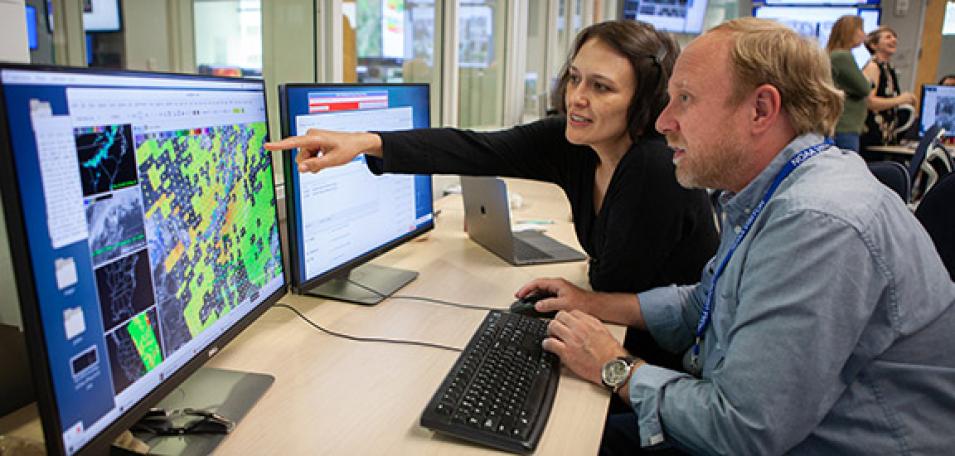Dr. Nadia Smith, Research Scientist, Science and Technology Corporation and affiliate at NASA’s Jet Propulsion Laboratory (JPL) in Pasadena, California
Research Interests: Satellite remote sounding with space-based hyperspectral infrared instruments that measure the radiance emitted by Earth’s surface and atmosphere in very narrow spectral intervals to quantify conditions at multiple pressure layers throughout the atmospheric column; building, improving, and innovating data retrieval systems; designing high-quality data products that address specific science questions and operational needs.
Research Highlights: In the context of Earth-observing satellites, the term sounding may seem something of a misnomer. Rather than referring to the detection or emission of sound, the word comes from the nautical term "to sound," which means “to take measurements.” Taking measurements is precisely what atmospheric sounding instruments, such as the Atmospheric Infrared Sounder (AIRS) aboard NASA’s Aqua satellite and the Cross-track Infrared Sounder (CrIS) aboard the NOAA-20 (formerly JPSS-1) and joint NASA/NOAA Suomi National Polar-orbiting Partnership (Suomi NPP) satellites do: they observe the energy emitted by molecules in the atmosphere to measure a variety of characteristics, including temperature, water vapor, and trace gas concentrations, at various heights within the vertical column of Earth’s atmosphere.
Atmospheric sounders on spacecraft are critical to the study of weather and climate because they can “see” the atmosphere’s vertical structure and composition in ways that are invisible to the human eye and at spatial scales that are beyond the reach of instruments on weather balloons or aircraft. The infrared part of the electromagnetic spectrum allows the detection of cloud optical properties, as well as the molecular vibrations and rotations from various trace gas species, namely water vapor (H2O), ozone (O3), carbon monoxide (CO), carbon dioxide (CO2), methane (CH4), nitrous oxide (N2O), nitric acid (HNO3) and sulphur dioxide (SO2).
Although infrared sounders cannot see through thick clouds, microwave sounders can (because microwave radiation is insensitive to all types of clouds, except those filled with water droplets). When you pair the measurements from both infrared and microwave instruments in a retrieval system, you can retrieve the thermodynamic and chemical state of the atmosphere in varying degrees from the surface all the way through the troposphere and stratosphere to the top of atmosphere.
Among the scientists benefiting from and using satellite sounding data is Nadia Smith, a Research Scientist with Science and Technology Corporation and an affiliate at JPL. Smith’s work involves the design and development of retrieval systems that use the Level 1B products of infrared and microwave satellite measurements to retrieve atmospheric state variables, such as air temperature, tropospheric water vapor, cloud top pressure, that meteorologists and Earth scientists can readily apply in their analyses.



